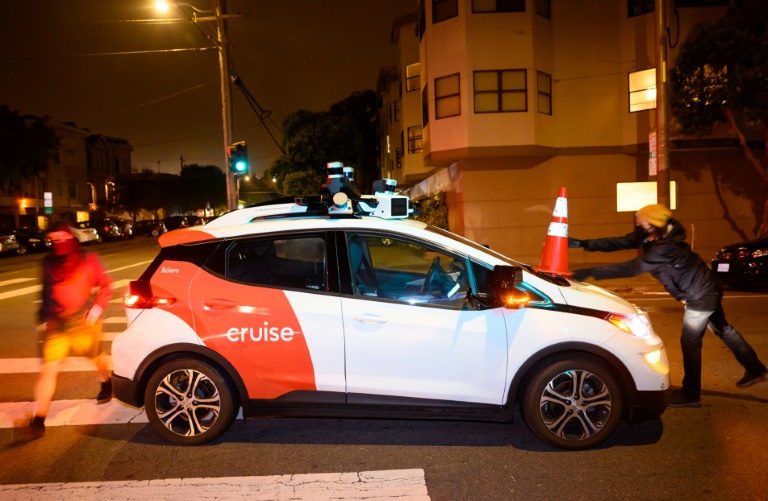GM says Cruise robotaxis back on the road with human drivers

As Cruise and rivals work to deploy safe robotaxis on US streets, such vehicles are sometimes targeted by anti-car activists
San Francisco – GM subsidiary Cruise on Tuesday said it plans to get its self-driving cars back on the road without human drivers after suspending robotaxi service late last year due to safety concerns.
Vehicles driven by humans are out gathering mapping data in the Arizona city of Phoenix, which has been amenable to testing of autonomous cars deployed by Cruise and Google’s Waymo.
“Our goal is to resume driverless operations,” Cruise said in a blog post.
“At this stage, no autonomous systems are engaged and the vehicles will not carry public passengers.”
Cruise suspended all operations of driverless cars in October after California authorities halted testing of its vehicles in the state citing safety concerns following a series of accidents.
California’s decision came weeks after a self-driving car operated by Cruise ran over a woman who had first been knocked in front of it by a hit-and-run driver in San Francisco.
The company was criticized for not being as transparent as it could have been with regulators looking into that accident.
“As we continue working to rebuild trust and determine the city where we will scale driverless, we also remain focused on continuing to improve our performance and overall safety approach,” Cruise said in the post.
Since being founded in 2013, Cruise has provided hundreds of thousands of driverless trips to riders in San Francisco, Phoenix, Austin, Houston and elsewhere, according to the company.
Elon Musk last week revealed that Tesla will pull back the curtain on its own robotaxi this summer.
The billionaire boss of the electric car maker did not provide details, saying only in his post on X that the “Tesla Robotaxi unveil” will come on August 8.
Musk has long boasted of work Tesla is doing on its systems for electric cars to drive themselves, while facing accusations the feature has been oversold.
Despite its potential, rollout of self-driving vehicles in the United States has been tentative and rocky so far as both regulators and the public voice safety concerns.
